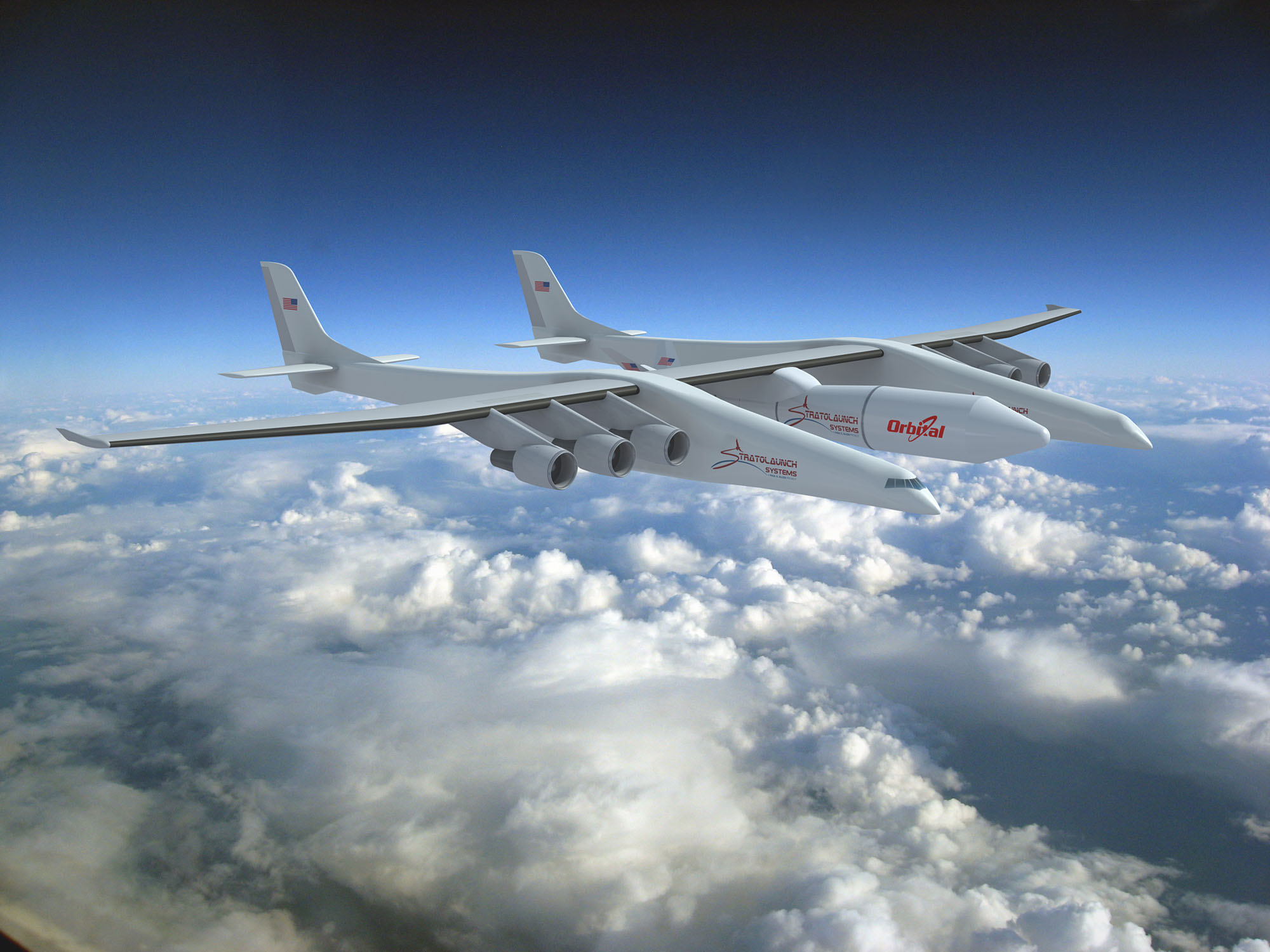Start with the largest aircraft ever built, with a wingspan longer than a football field and a split fuselage fitted with six Boeing 747 jet engines — enough thrust to get 585,000 kg off the ground, about 190,000 kg more than a fully loaded 747. Sling a 36-meter, three-stage rocket below the aircraft, and when the plane reaches 30,000 feet, fire the rocket into space. Then the plane flies back to Earth.
Microsoft co-founder Paul Allen calls his newest venture Stratolaunch, a system designed to lift 6,100-kg payloads — satellites, science experiments, cargo and, eventually, humans — into low-Earth orbit, where the space shuttle used to fly and where the International Space Station still dwells. Construction of the aircraft is under way in California, with test flights planned for the end of 2016 and the first mission to occur in late 2017 or early 2018.
"You have a certain number of dreams in your life that you want to fulfill, and this is a dream I am very excited about seeing come to fruition," Allen said at a news conference in late 2011 to announce Stratolaunch. He said he sought to take advantage of "a much-expanded opportunity" for private enterprise now that NASA is focusing on deep-space missions. This could lead to "a radical change in the space-launch industry."

















With your current subscription plan you can comment on stories. However, before writing your first comment, please create a display name in the Profile section of your subscriber account page.